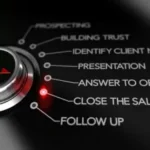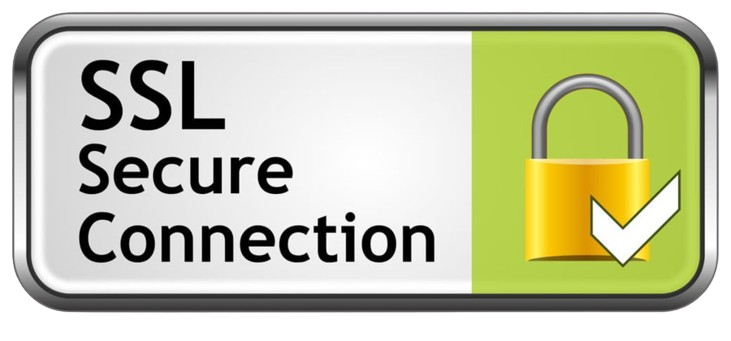Active Listening
Listening to someone is, as Winston Churchill put it, “the highest compliment you can give to someone”.
How well do you listen? What levels are your communication skills at?
We all know we given two ears and one mouth and should use them in that proportion, but do we?
Experts tell us that there are many sorts of listening models. I want to focus on active listening as the mode of preference for our communication skills training.
Active listing is the single most useful and important communication listening skill. In this active listening mode, we are genuinely interested in understanding what the other person is thinking, feeling and wanting. We are really concerned in the message that they are communicating to us.
FEEDBACK PROCESS
When actively listening, we will wait until they are finished and then give feedback to them on the parts of the communication that were important. This process, this feedback process is one of the key things that distinguishes listening from active listening. Listening is hearing for words. Active listening is really listening to the message. Listening with your ears as well as your eyes.
NOTE TAKING
Another great trait of the practiced active listener is notetaking. A great sales technique taught by Master Sales Trainer J Douglas Edwards and Tom Hopkins is… “Just let me make a note of that”. What a line! When the person you are communicating with hears this and sees that you are taking notes, they also sense the feeling that you care. The other bonus for this is that you can refer to these points later, if needed, because you have them written down.
Check out www.davidjackson.com.au Free Stuff and see “Million Dollar Words and Phrases”.
Taking notes is giving positive feedback to the customer. It highlights to them what the areas of agreement or disagreement are and puts them into perspective.
Listening is definitely not a spectator sport. It is something you have to immerse yourself into, in order for you to get the most out of your conversations.
COMMON BARRIERS TO BE AWARE OF
Some common barriers to be aware of in your quest to become an exemplary active listener are:
- Prejudicing the person speaking
- Finishing off their sentences for them
- Being distracted by external activities and not giving the person 100% attention
- Lack of any verbal feedback
- Treating the discussion as a competition
CHECK LIST TO ACTION
Let’s now review a checklist of things that you can do to become a better, more active listener:
- Close out distractions….Give the person 100% attention
- Set aside your prejudices, your opinions. You may learn something from the person speaking when your mind is open
- Suspend your motions. It is difficult to actively listen in a highly emotional or irrational state.
- Focus your attention on the subject, not the speaker
- Take notes. Learn and use the term….”Let me make a note of that”. This important sales script must be learned and used. It can be a Game Changer.
- Be involved. Match and mirror the speaker’s body language and position. People respond best to people who act in a similar manner to themselves. People like people who are like them.
- Use your voice to convey attentiveness. Examples: mmm, oh yes, yes, uh-huh, really.
- Understanding body language is also very important when mastering the art of active listening. Making eye contact with the speaker is an easy way to indicate you are paying attention to them. Also, taking mental notes of the other person’s facial expressions assists in your ability to listen actively and respond accordingly.
“I never learned anything while I was talking.” …Larry King
Remember: When you listen, you learn!










